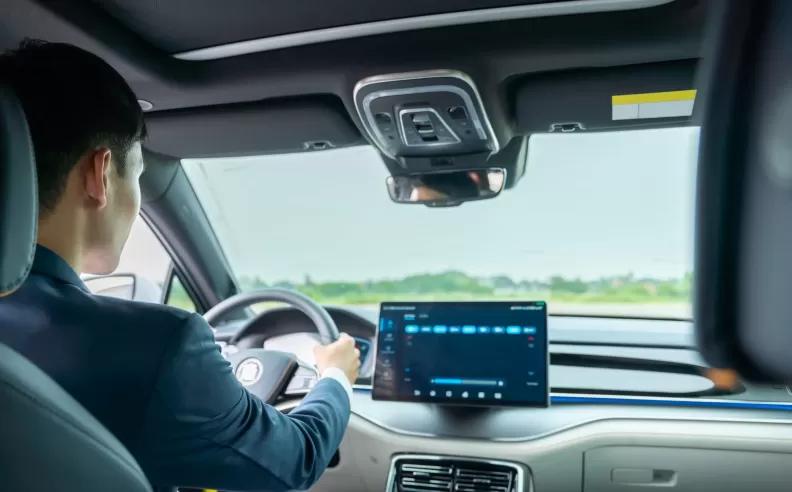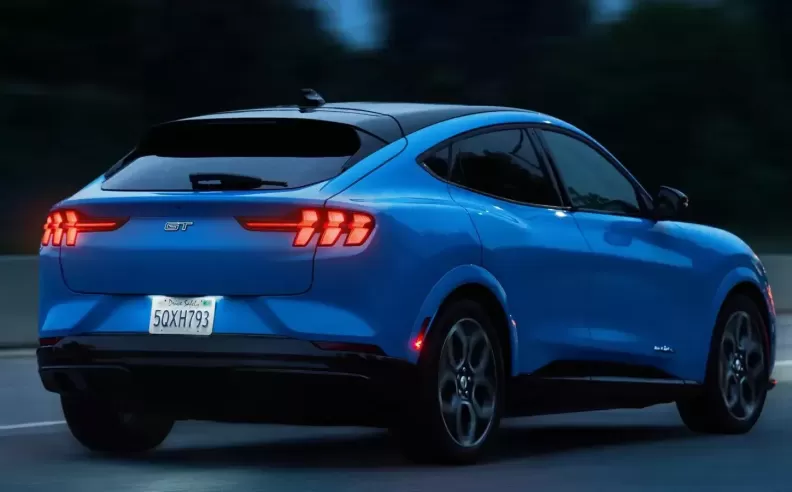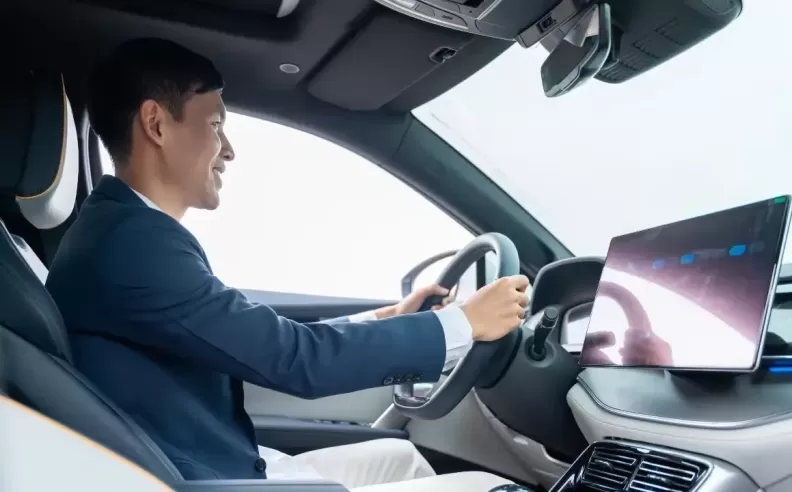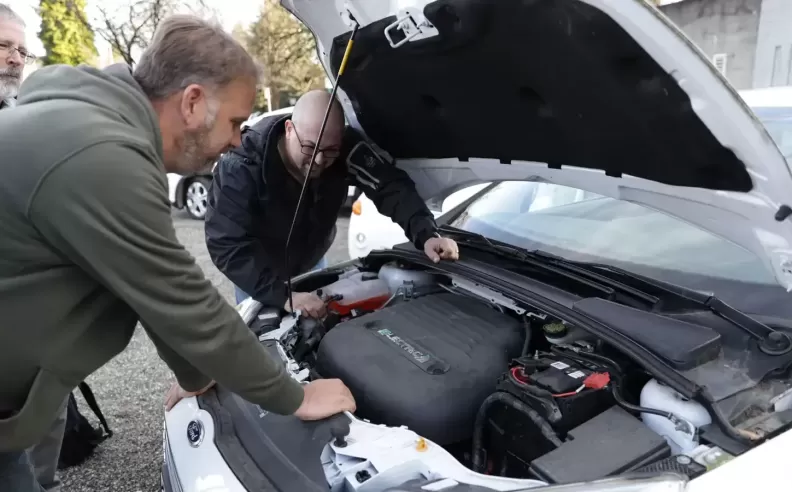
As electric vehicles (EVs) become more common worldwide, many drivers in the GCC region are considering renting or buying one for the first time. While EVs are designed to be user-friendly, there are some key differences from traditional fuel-powered cars that first-time drivers should be aware of. Understanding these details can help ensure a smooth and stress-free experience.

One of the most significant aspects of driving an EV is understanding how to charge it. Unlike refueling a petrol car in minutes, EVs require different charging methods depending on their battery capacity and charging infrastructure.
Drivers should also ensure they have the right charging adapter for their EVs, as different manufacturers use different connector types.

A common misconception among first-time EV drivers is that charging is free. While some locations may offer complimentary charging, most public charging stations require payment. The process is different from refueling at a gas station, as EV owners typically pay based on kilowatt-hours (kWh) consumed rather than a fixed price per liter.
Understanding the payment structure before heading to a charging station helps avoid unexpected costs and ensures a seamless experience.

Range anxiety remains a common concern for new EV drivers, but regenerative braking helps optimize energy use and extend battery life. This feature converts kinetic energy into electrical energy when the driver lifts their foot off the accelerator or applies the brakes. The recovered energy is then stored in the battery, improving efficiency and reducing wear on the brake system.
By familiarizing themselves with these key aspects of EV ownership, first-time drivers can enjoy a hassle-free experience while making the most of their electric vehicle. Whether renting or purchasing an EV, understanding charging options, payment methods, and energy-saving features ensures a confident and enjoyable drive.

Started my career in Automotive Journalism in 2015. Even though I'm a pharmacist, hanging around cars all the time has created a passion for the automotive industry since day 1.
